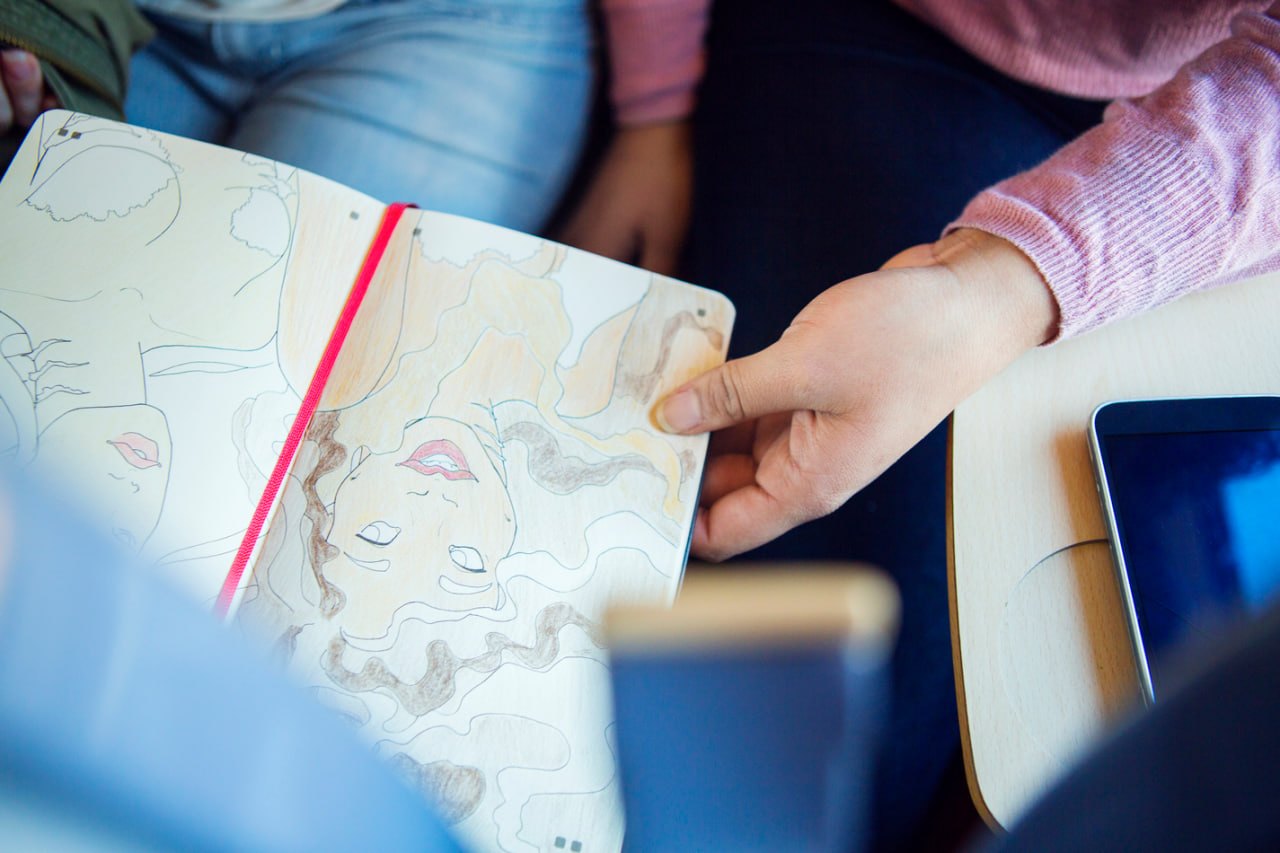Illustrations are a vital component of children’s books, playing a crucial role in shaping young minds. Beyond making a story visually appealing, illustrations stimulate imagination, aid comprehension, and support cognitive and emotional development. By combining creativity, narrative cues, and visual storytelling, illustrators have the power to enhance learning and inspire curiosity in children from an early age.
Sparking Imagination
Illustrations bring stories to life, allowing children to visualize characters, settings, and actions. When children see imaginative depictions of fantastical worlds, magical creatures, or everyday adventures, they are encouraged to think creatively and explore possibilities beyond their immediate experiences. Engaging illustrations inspire children to invent their own stories, experiment with drawing, and develop a personal connection to literature.
Supporting Literacy and Comprehension
Images complement text, providing visual context that helps children understand and retain information. Illustrations can clarify complex scenes, explain abstract concepts, and provide cues for emotion, tone, and narrative progression. For early readers, pictures guide recognition of characters and events, reinforcing vocabulary and storytelling structure. Through repeated engagement with illustrated texts, children improve comprehension, reading confidence, and narrative reasoning.
Enhancing Emotional Development
Illustrations convey emotions through facial expressions, body language, and environmental cues, helping children recognize and understand feelings. By observing characters experiencing joy, fear, empathy, or curiosity, young readers learn to identify emotions in themselves and others. This visual emotional literacy supports social development, empathy, and self-expression, equipping children with tools to navigate real-life interactions.
Encouraging Critical Thinking and Observation
Detailed illustrations invite children to observe closely, analyze relationships, and draw inferences. They notice patterns, symbols, and interactions that are not explicitly described in the text. This encourages attention to detail, critical thinking, and interpretive skills. Children learn to make predictions, infer motivations, and explore story outcomes, enhancing cognitive flexibility and problem-solving abilities.
Fostering Cultural Awareness
Illustrations often reflect diverse settings, traditions, and lifestyles, exposing children to cultures beyond their own. Through visual storytelling, children gain appreciation for history, geography, and social diversity. Thoughtful depiction of customs, clothing, and environments enriches their understanding of the world, nurturing curiosity and openness toward cultural differences.
Supporting Creativity and Self-Expression
Illustrations inspire children to create their own artwork, encouraging self-expression and personal storytelling. They experiment with colors, shapes, and styles, developing artistic skills and confidence. Engaging with illustrated books provides a foundation for visual literacy, empowering children to communicate ideas, emotions, and narratives through their own creations.
Bridging Imagination with Learning
Illustrations bridge the gap between imagination and education. Visual storytelling can reinforce lessons in science, history, mathematics, and language arts by contextualizing information in memorable, engaging ways. Children are more likely to retain knowledge when it is presented in combination with compelling visuals that spark curiosity and emotional connection.
The Role of Illustrators in Childhood Development
Illustrators play a critical role in shaping children’s learning experiences. Through careful design of characters, settings, and visual cues, they guide attention, communicate complex ideas, and foster imaginative exploration. Effective illustration combines aesthetic appeal with narrative clarity, supporting both enjoyment and educational growth. Illustrators act as facilitators of curiosity, imagination, and understanding, creating meaningful learning experiences that extend beyond the book.

